The Bacalar spearheads a new era at Bentley, one in which it hopes its coachbuilding division, Mulliner, will lead a personalisation charge to give customers ever-more exclusive cars (if the idea of ‘more exclusivity’ doesn’t sound like a paradox too far).
Mulliner claims to be the world’s oldest coachbuilder, starting out around 500 years ago when it was a saddle maker. Its links with Bentley date back to 1923, when it exhibited a two-seat 3 Litre Bentley at the Olympia Show in London. But the bond grew stronger from 1952, when Mulliner built the R-Type Continental, before the coachbuilders officially became part of Bentley in 1959.
Now Mulliner has three arms within Bentley: Classic (to recreate icons such as the Blower), Collections (where customers can specify unique personalisation options) and Coachbuilt (where Mulliner will build entirely different versions of series production vehicles). The Bacalar is from the latter.
Mulliner sees itself as more than a simple offshoot of Bentley. Instead, it believes it can drive development at the company, almost like a skunkworks department where new ideas are forged and tested quickly. As Omar Sheikh, project leader at Mulliner, says: “The advantage with coachbuilding is that we can turn around a project in a relatively short period of time. We can bring in new innovations and technology and trial them out in a very short period of time. If they’re successful, then they can be looked to be brought into future cars within Bentley.”
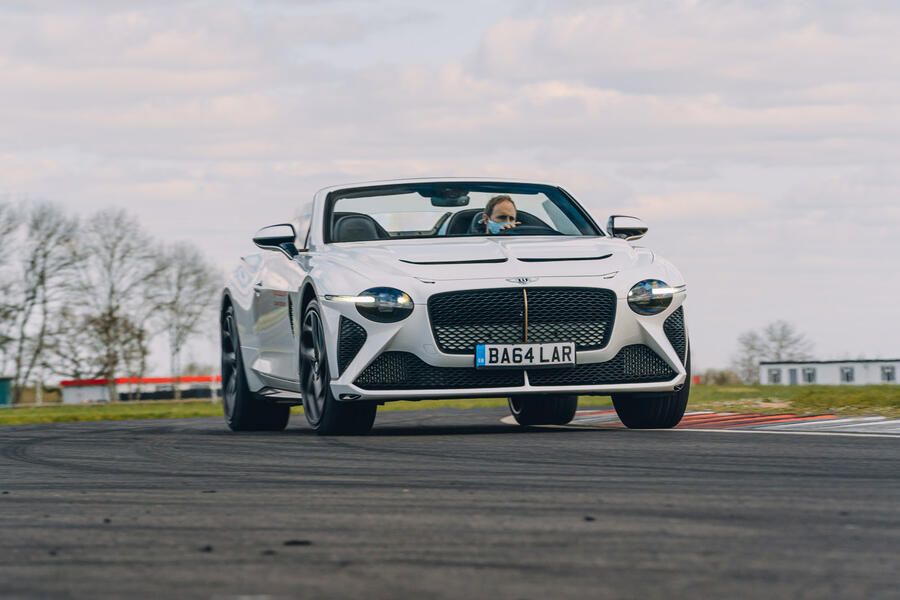
It’s a relationship that cuts both ways. “If there is a future technology that we know is being brought through in four or five years’ time, then we can bring that in on a smaller scale, at a higher unit cost maybe because it’s low volume,” adds Sheikh. “But we can showcase these features first on coachbuilding to prove them, trial them and see what the response is.”
Take the rice husk used in the Bacalar’s paint. Sustainability is a hot topic at the moment and Bentley isn’t immune to it – “With younger customers coming into the Bentley brand, more sustainability is a big theme for us” – so the otherwise wasted rice husk is an effective solution for all concerned. It’s unlikely to make it to mass production at the moment, but that’s not to say it can’t in the future. Its use on the Bacalar gives Bentley the “possibility to investigate whether these features can be made more efficient, to then go down our main production line”.
So what does the future hold? In short, more from Mulliner. Performance is something they’re looking at but Mulliner hasn’t yet had the ability to move into it. “With certifications and emissions, power increases are very difficult and costly,” explains Sheikh.

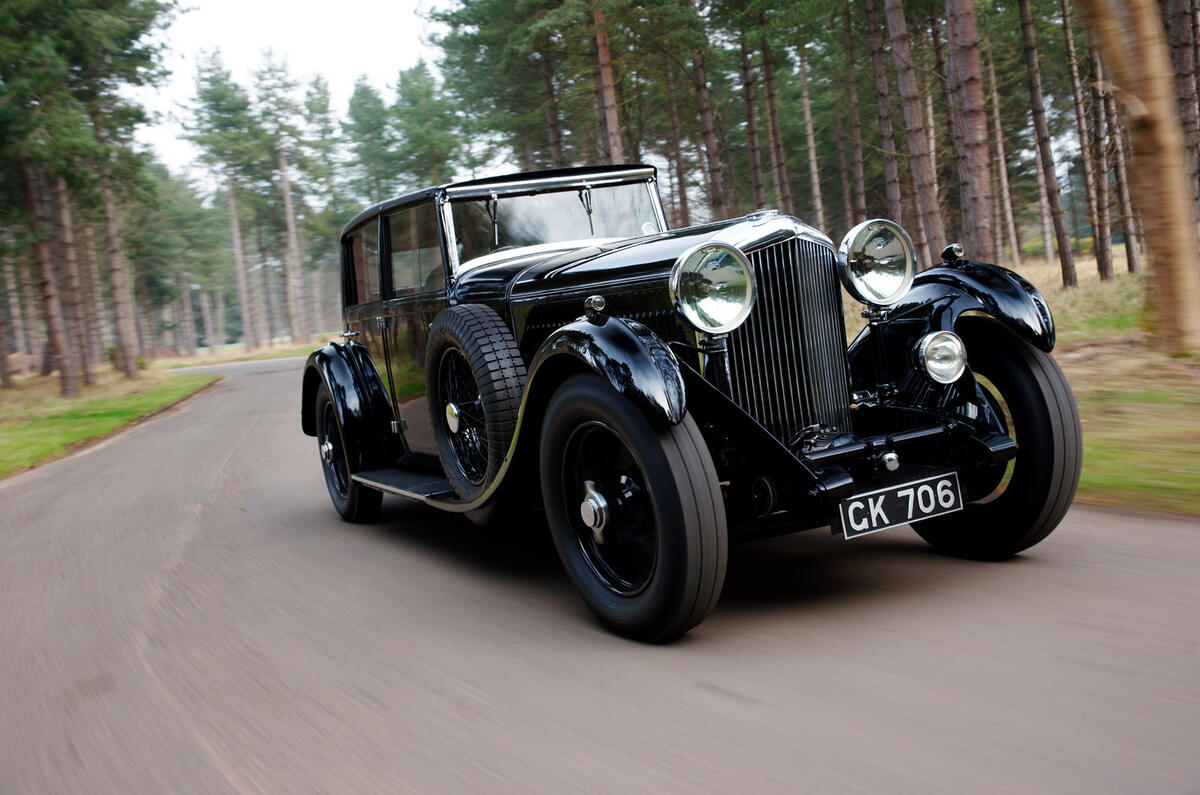
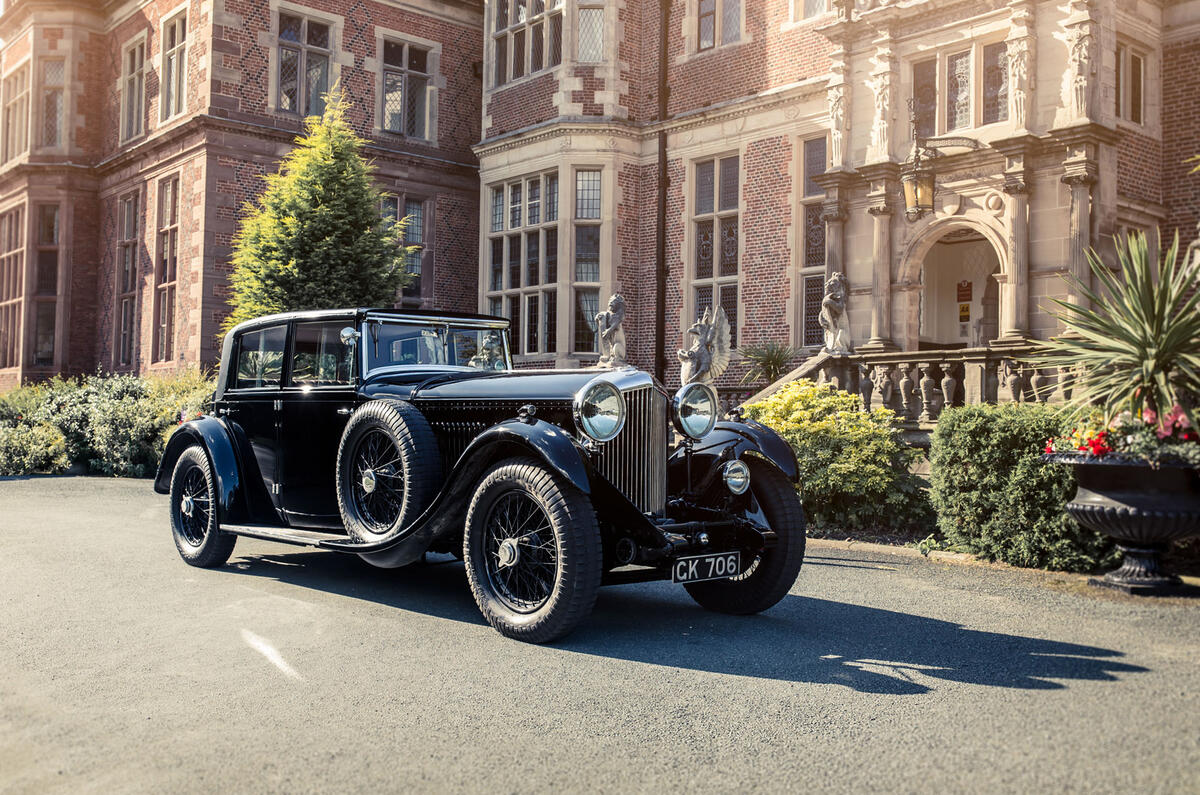
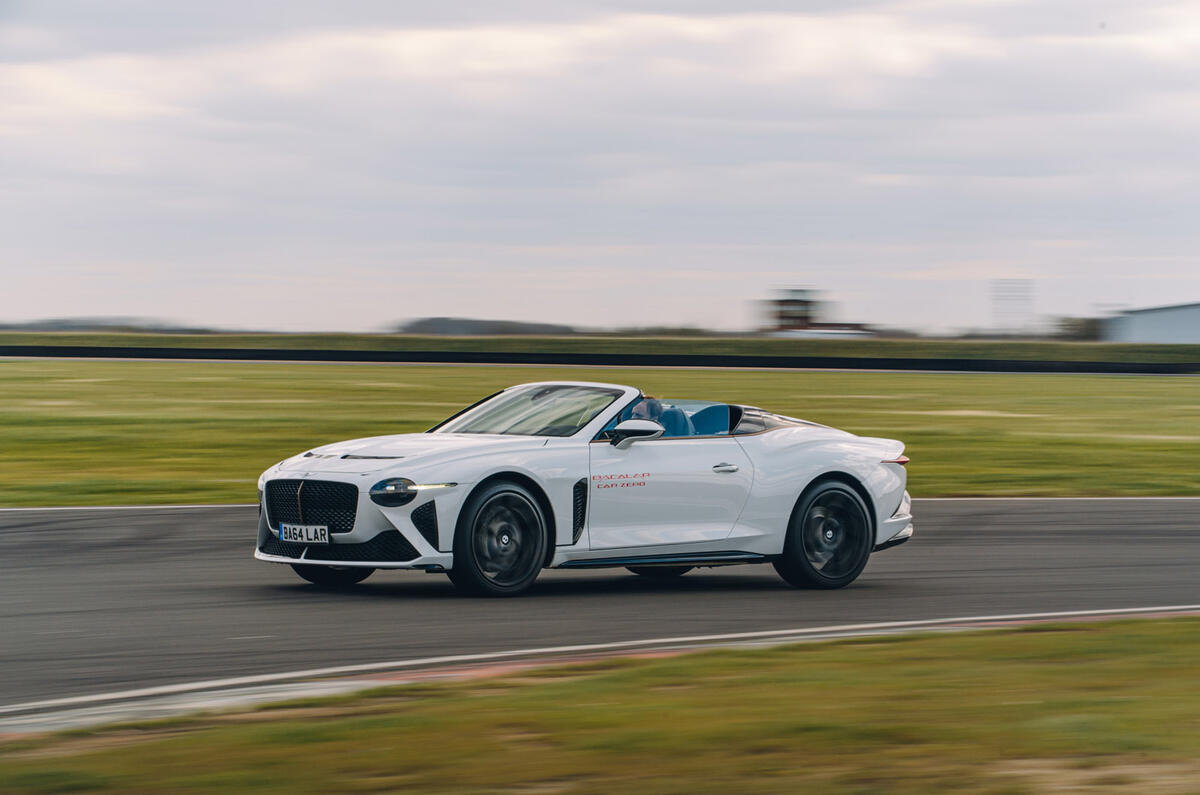
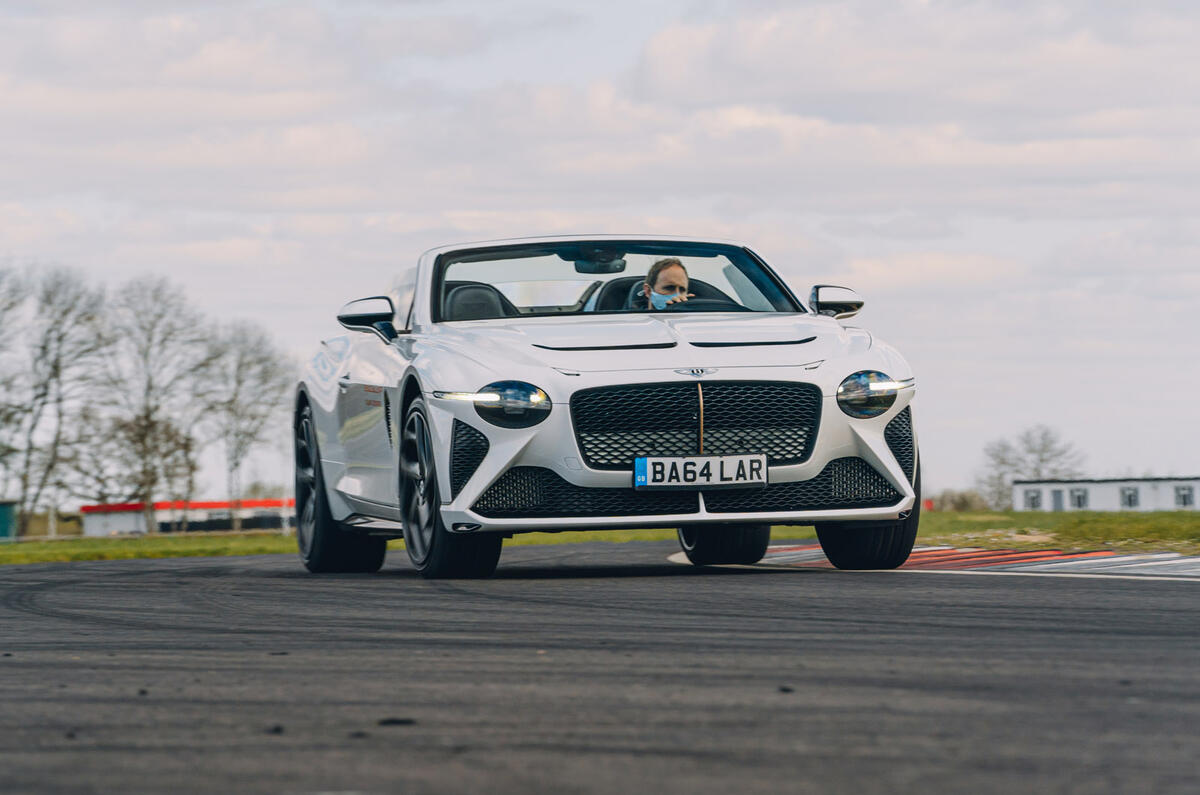
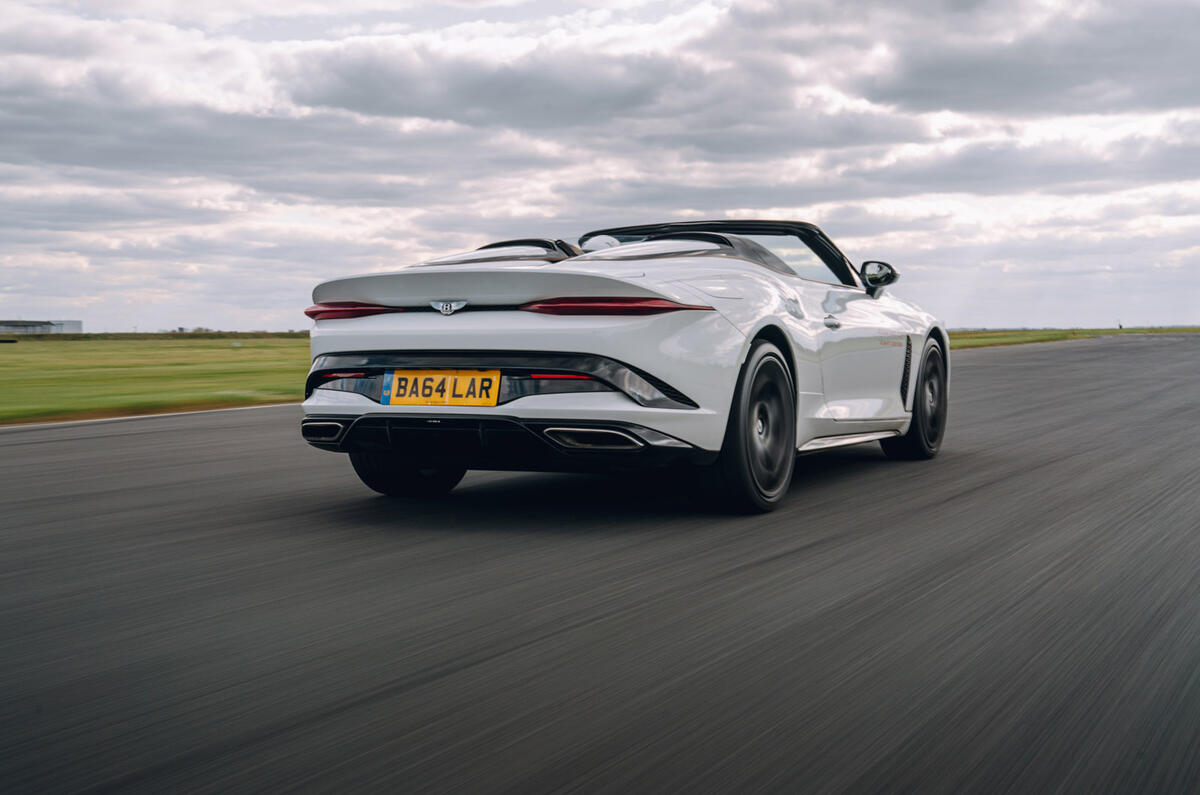
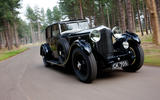





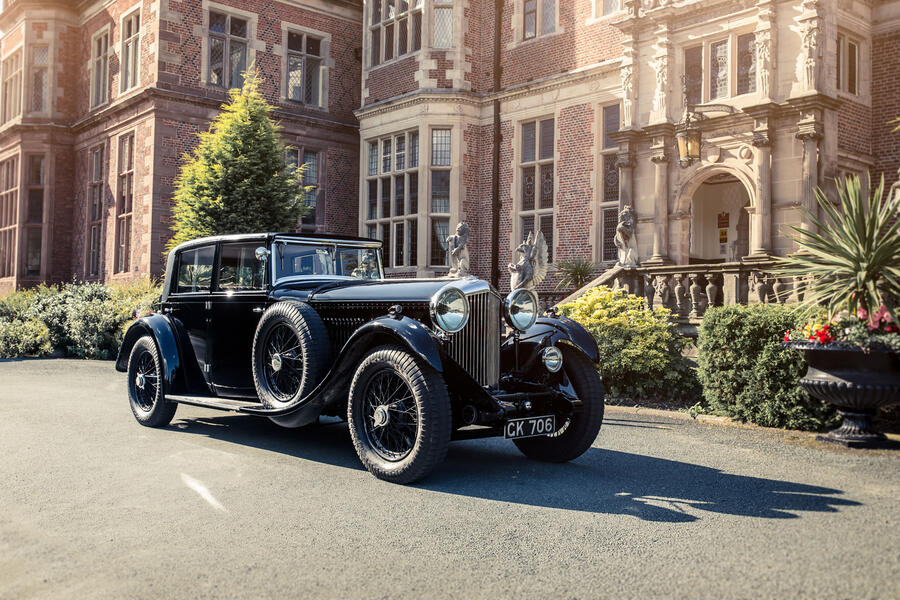

Join the debate
Add your comment
BIMFAN no you are wrong, it has always been required, and has been a huge business for many companies for years, ferrari, and Bentley not forgetting RR, has been coachbuilding for decades and still do, there are people out there that want cars built to their specs, dont forget the Bentley Bentayga was NOT the first Bentley SUV, not by decades, there were a number made by Bentley for one customer, who we all know, and has one of if not the biggest car collection in the world, including a significant number of bespoke products, built to his orders, I must admit that the original Bentley SUV, albeit built on a Range Rover Chassis, is a stunning looking thing, and for its era, remains one of the best looking SUV cars of that time.
Coachbuilding hasn't really been required since the onset of monocoque unibody construction, hence it needs another purpose for now (i.e. customisation) in order to maintain the name.
But perhaps Mulliner coachbuilding will finally come back into the mainstream, when Bentley launch its future EV models on elecric skateboard chassis.
Who wouldn't want something more unique than the mainstream Bentley models you see on every street nowadays?
I always imagined that coach building was one of these businesses that quietly went about its business with a full order book, giving its customers what they wanted, I didn't think that, because there customers were people with no financial problems, there'd be a downturn in this business.